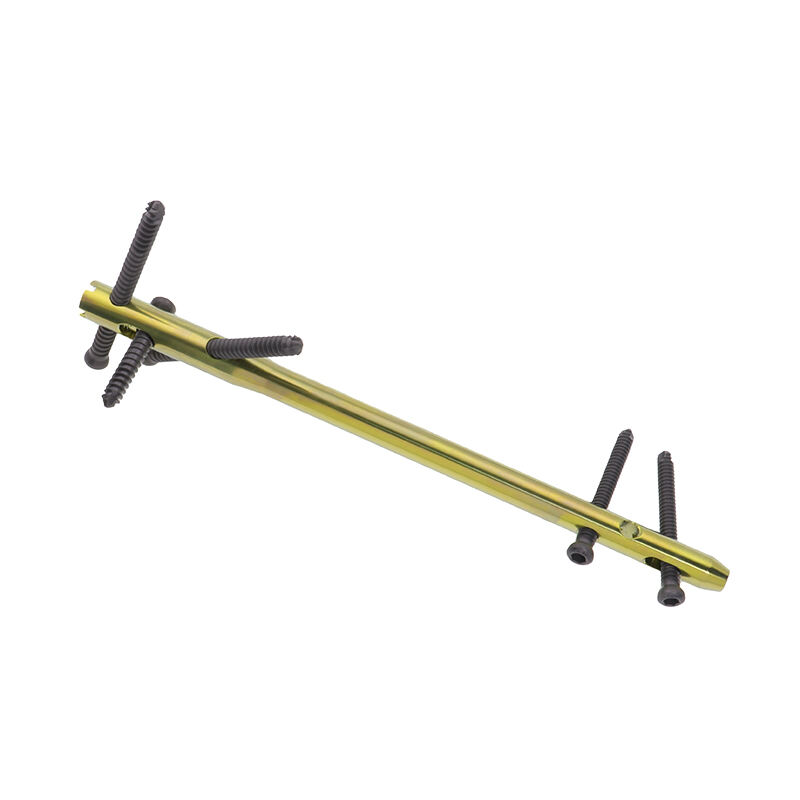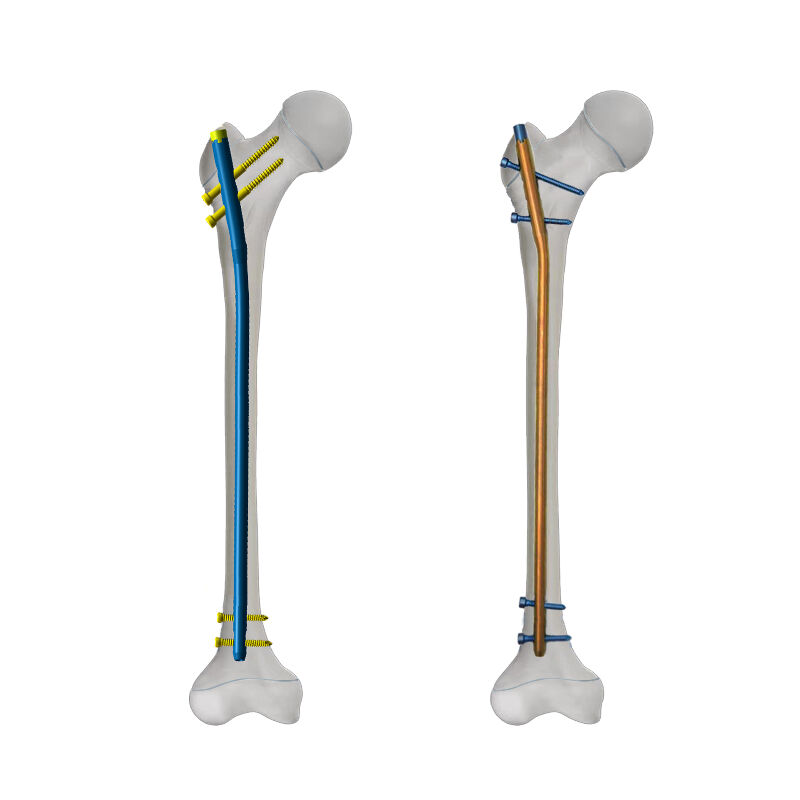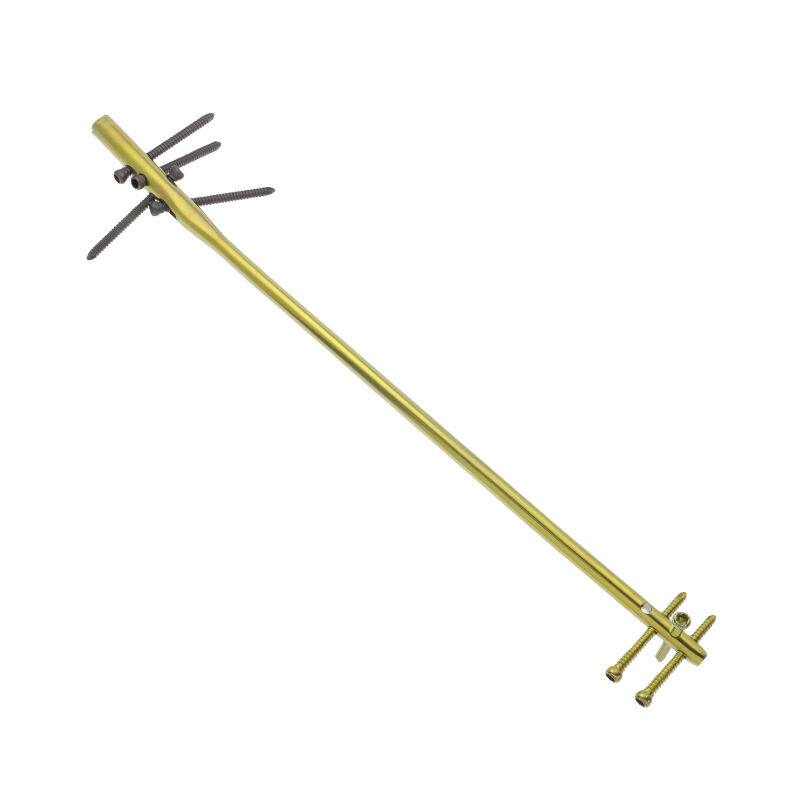radius intramedullary nail
The radius intramedullary nail represents a cutting-edge solution in orthopedic surgery, specifically designed for treating fractures of the radius bone in the forearm. This advanced medical device consists of a precisely engineered metallic implant that is inserted into the medullary cavity of the radius bone to provide stable internal fixation. The nail's design incorporates sophisticated features including multiple locking options proximally and distally, anatomical curvature that matches the natural bow of the radius, and a comprehensive range of sizes to accommodate various patient anatomies. The device is manufactured from biocompatible materials, typically titanium alloy, ensuring excellent tissue compatibility and reduced risk of adverse reactions. Advanced surface treatments enhance osseointegration and promote optimal healing conditions. The nail's unique design allows for minimally invasive surgical techniques, which significantly reduce soft tissue trauma and preserve blood supply to the fracture site. This modern fixation system includes specialized instrumentation for precise insertion and locking, enabling surgeons to achieve accurate reduction and stable fixation of various fracture patterns. The system's versatility makes it suitable for treating simple fractures, comminuted fractures, and even complex fracture patterns involving the radial shaft.


